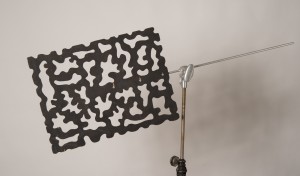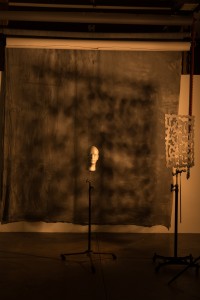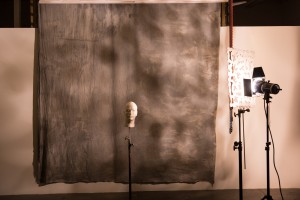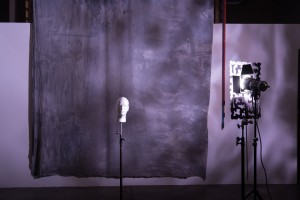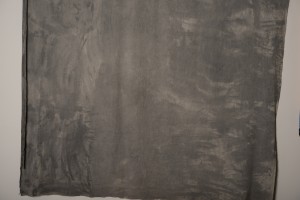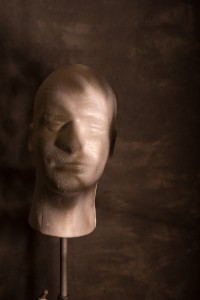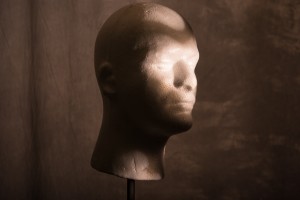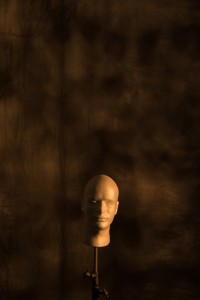My books and my classes give me a reason to keep doing this blog. If you’re in Indiana I hope you’ll consider taking my Portfolio Workshop. You can see a little more information about this workshop if you check out this blog post. Thanks so much for your attention.
I just bought a used Matthews Cucoloris. Now this is certainly a piece of equipment you could build, but I didn’t. Basically it’s a piece of plywood, about 18X24 inches, with a bunch of irregularly shaped holes in it. It fits on a C-stand or even a standard light stand with a grip head. The idea is to use the cucoloris to make shadows. You can put it in front of a light with a bowl reflector or perhaps a snoot. By moving the cucoloris around you can change the position and shape of the shadows. You can also change the size and edge sharpness of the shadows by moving the cucoloris closer or further from the light source. On the whole a really useful tool as you can use it on a subject or on the background. I’ve attached some examples.
There’s a kind of a calculation in deciding whether to buy or build a piece of equipment. Money is a part of it: if I only wanted one light panel I might buy it; but I’ve got five light panels, so I saved a few hundred dollars by making my panels. There are things like a chain-pod or my fish-eye camera that aren’t available commercially. I’ve also built things, like my mono-pod, when I didn’t know if I would really like working with them. One problem, when you build your own gear, is that it doesn’t always perform well. Of course building gear is also time consuming, for instance I still haven’t completed my darkroom.
If you’re going to save time by buying gear instead of building it you should use some of that time practicing with your new gear. I’m sure I’ve written before that photographers don’t practice enough. Most good musicians practice everyday and many photographers don’t practice at all. We may learn about techniques or tools but most of the time we don’t do the kind of repetitive practice that a musician does when playing scales. So as soon as I got the cucoloris I grabbed a strobe and the wig head and started to experiment.
I have a mottled gray muslin background on each side of my studio. Neither of them is particularly lovely, but they get better if you light them creatively. So I used the cucoloris and various Rosco gels to see how I could change the background. I am very pleased with the results. I usually work with CTO filters when I want to warm up the light, but this time I also tried bastard amber, which was quite nice. I also tried a pale lavender, which looked more neutral than I expected. I was really pleased with how easy it is to make changes in the appearance of the background, both color and pattern, with the cucoloris. I’m sure I’ll be using the cucoloris to create better backgrounds in the future.
Of course you can also use the cucoloris on a subject rather than the background. In order to practice I brought out a wig head as a test subject. If you’ve looked at my Intro to Lighting class you’ll know that I think the wig head is a great test subject. By keeping the strobe close to the cucoloris I was able to create some interesting shadows on the subject. I’m sure that there will be opportunities to use this.
When I look at any test I learn how the image actually looks, rather than how I think it will look. I also get ideas for more testing. In this case I want to see how the cucoloris will perform if I put a snoot on the strobe. Also I have diffusion domes that fit over my strobes. These are designed to make the light from modeling light look more like the light from the strobe tube. I want to try working with the dome because the visual presentation with the modeling light didn’t really look like the image the camera captured with the strobe light. This isn’t surprising because the difference in the shape of the tube and the modeling light can be important when the strobe is used close to the cucoloris.


